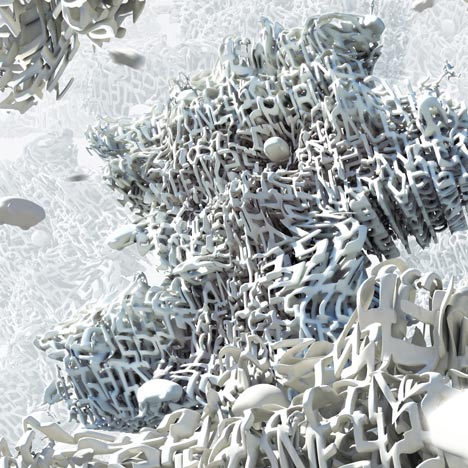
A.WAY by J Mayer H
Venice Architecture Biennale 2010: Berlin architect J Mayer H has won the inaugural Audi Urban Future Award with his concept for a city where digital information is continually exchanged between people, their environment and their cars.
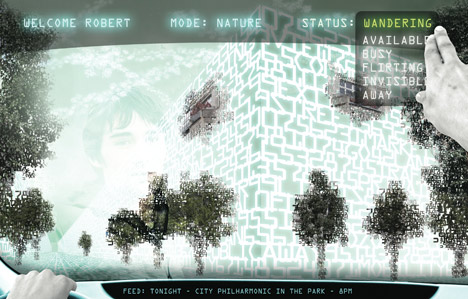
Called A.WAY, the project predicts that urban spaces, buildings, people and vehicles will all develop clouds of data and personalised information around them.
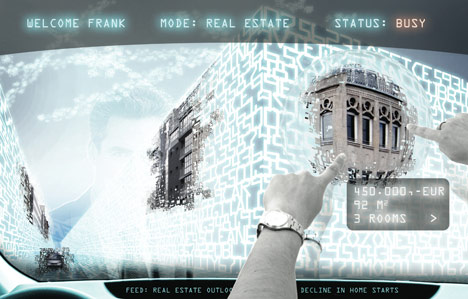
J Mayer H envisages that as citizens move around this digitally-augmented urban environment their personal data and preferences would "splash" onto fields of information from the world around them, while the car would become a tool for viewing and navigating this data.
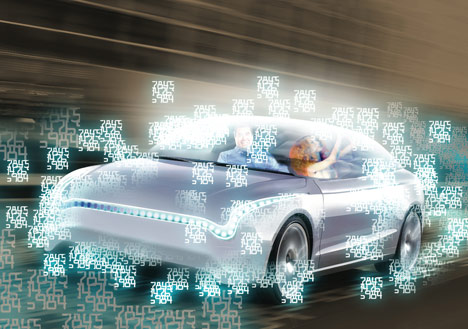
The Audi Urban Future Award asked six firms, curated by Stylepark, to explore possibilities for urban mobility in 2030.
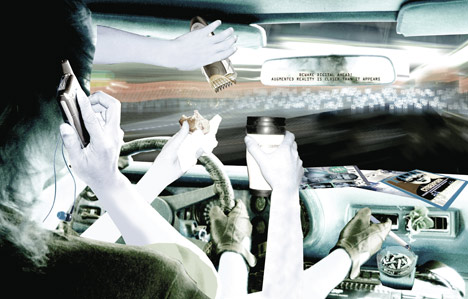
Five projects were developed and are now displayed at a exhibition designed by Raumlaborberlin to coincide with the Venice Architecture Biennale.
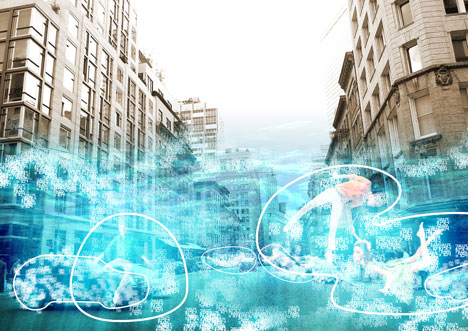
The exhibiting firms are Alison Brooks Architects of London, BIG of Copenhagen, Cloud 9 of Barcelona, J Mayer H of Berlin and Standard Architecture of Beijing. Diller Scofidio + Renfro of New York presented initial concepts alongside the other entrants at a conference in May before dropping out of the competition.
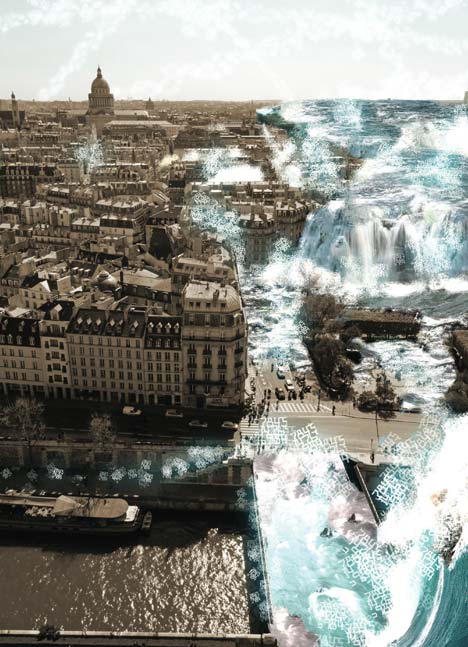
The award of €100,000 was presented at a ceremony in Venice last week. The exhibition continues until 26 September.
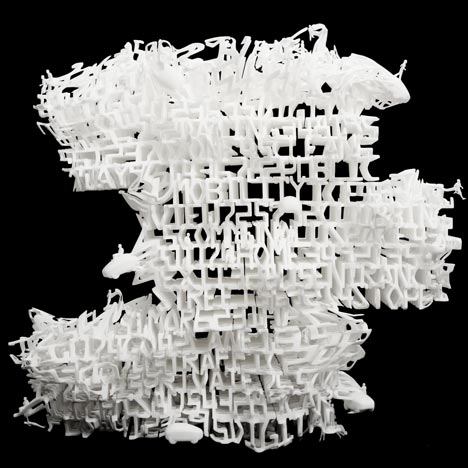
See all our stories about J Mayer H »
See all our stories about venice Architecture Biennale 2010 »
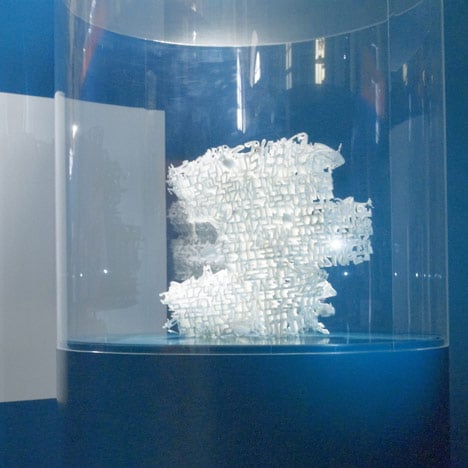
The information that follows is from Audi:
J MAYER H
A.WAY
"A DRIVING MACHINE BECOMES A VIEWING MACHINE. THAT MEANS THAT THE OCCUPANT CAN EXPERIENCE THE URBAN ENVIRONMENT IN A COMPLETELY DIFFERENT WAY, INDEPENDENTLY OF WHETHER THE CAR IS MOVING OR HAS TO STOP OR BRAKE. WHAT WE ARE ADVOCATING IS CLEANSING THE CITY OF ALL OF THE TOOLS THAT ARE IMPORTANT TODAY IN ORDER TO MAKE INDIVIDUAL MOBILITY WITHIN THE CITY POSSIBLE."
Once upon a time, around 1985, the world discovered the ozone hole and it changed the way we think about our future. From now on, consumption, production and mobility are at stake. With the introduction of digital technologies in the early 21st century and with electricity as the main source for energy supply, our cities will grow free of pollution and congestion; green, clean, quiet and efficient.
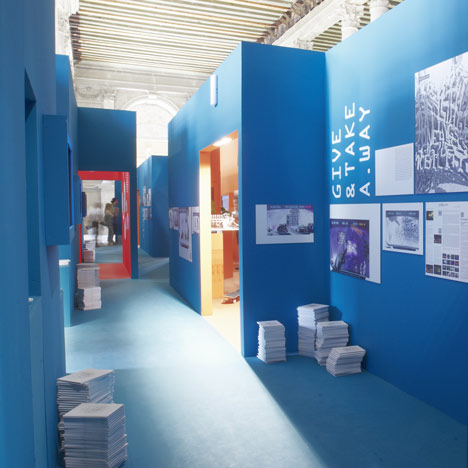
Visions of the future have always been a place of speculation about mobility. The 20th century proposed playful and even sometimes naive visions of flying cars and underwater urban settings. Novel ways of flying around galaxies, journeying to the centre of the earth, diving into submarine worlds, traveling through time, jumping through universes, tele-transporting, injecting into and voyaging through the blood stream of a human body populated our visions of the future. Maybe, in the long term, we will experience these magical modes of transportation. Yet the short-term future might be invisible first.
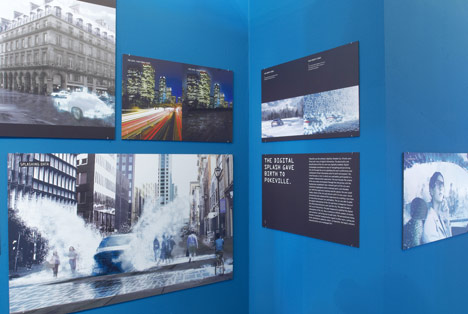
Individual mobility of the future will strongly be linked to the developments of digitally augmented urban spaces, automated driving and personalized data exchange between the human body and its environment. Traffic will be a constant flow, with no more need for parked vehicles. Pedestrian areas will regain their lost space from cars. Repercussions will be seen on a social, economic and ecological level. Surveillance technologies will transform the city and its inhabitants into a flow of data, blurring the boundaries between body, car and architecture.
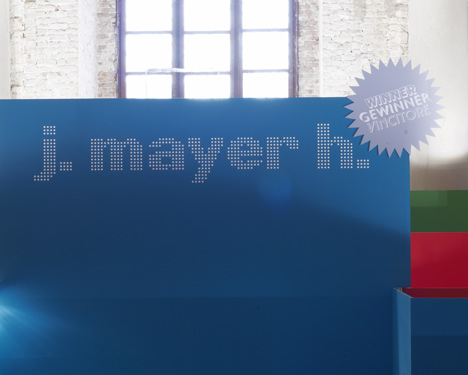
New forms of perception will arise from digital technologies. They will permit for each one of us to selectively allow or reject individual aspects of the city. The car will transform from being a viewing machine for maneuvering in traffic towards a sensorial experience machine. Driving through the city will put our senses and sensibilities into the foreground and allow us to interact with the urban context in completely new ways.
And there is always the option of a collapse of all systems that might come as a surprise, keep us going, force us to improvise, invent and move ahead. If at that point cities have proved once more to be flexible, adjustable, able to transform and survive, then we will live under a protecting ozone layer again, happily ever after.
AUDI URBAN FUTURE AWARD
The Award was presented for the first time in 2010. It will be conferred every two years and has an endowment of 100,000 Euro. This year, six international architectural firms were invited to develop their visions of the future. The Audi Urban Future Award 2010 focuses on architectural and urban planning concepts with respect to mobility in the urban realm. The competition process, in the course of which the architectural teams develop their proposals, is continually monitored by a dedicated website and is documented and reflected upon in accompanying publications. Additionally, an integral component of the first award was an internal workshop on the theme of the competition, which was followed by a public conference in London. Five of the invited architectural firms are now presenting their future visions on display in a comprehensive exhibition at the Scuola Grande della Misericordia in Venice, parallel to the 12th Architecture Biennale.
Sponsor: AUDI AG
Curator: Stylepark AG
Exhibition Location: Scuola Grande della Misericordia Cannaregio, 3599/A, 30124 Venice
Exhibition Opening and Prize Ceremony: August 25, 2010
Exhibition Dates: August 26 – September 26, 2010
Opening Hours: Daily from 10 a.m. to 6 p.m. Closed Tuesdays. Admission is free.
Exhibition Design: Raumlaborberlin
See also:
.
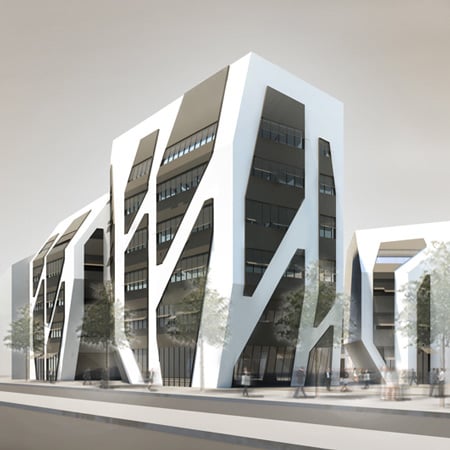 |
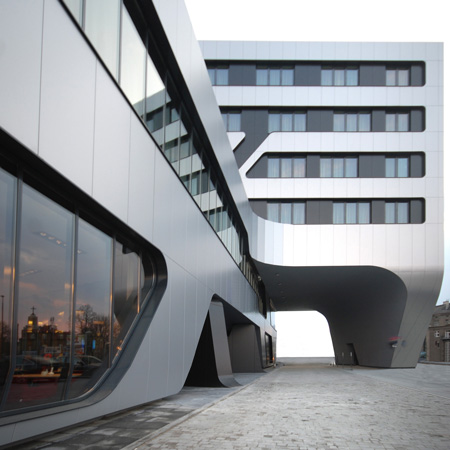 |
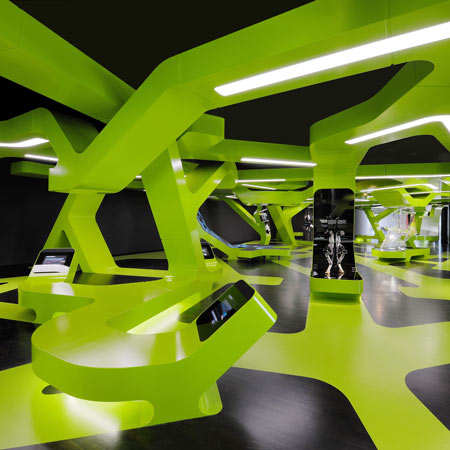 |
| Sonnenhof by J. Mayer H. |
SOF by J. Mayer H. and OVOTZ design Lab |
Level Green by J. Mayer H. |